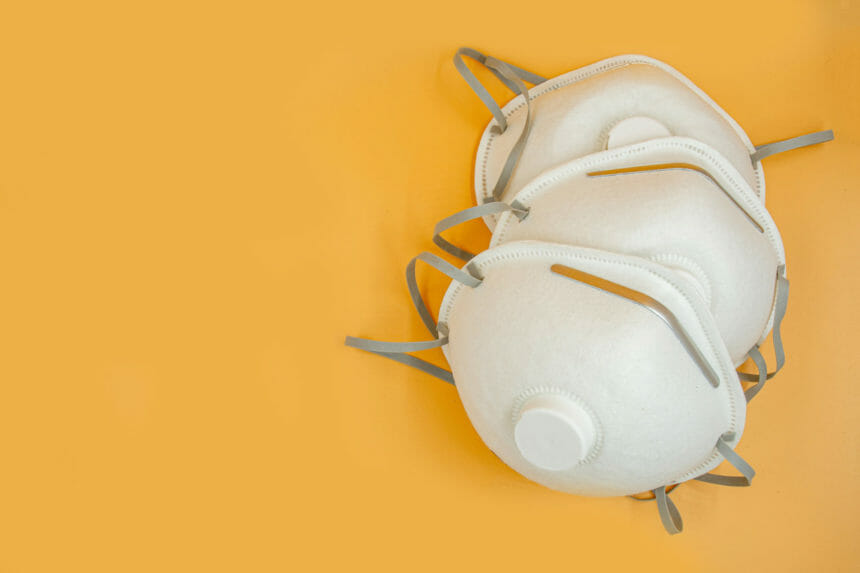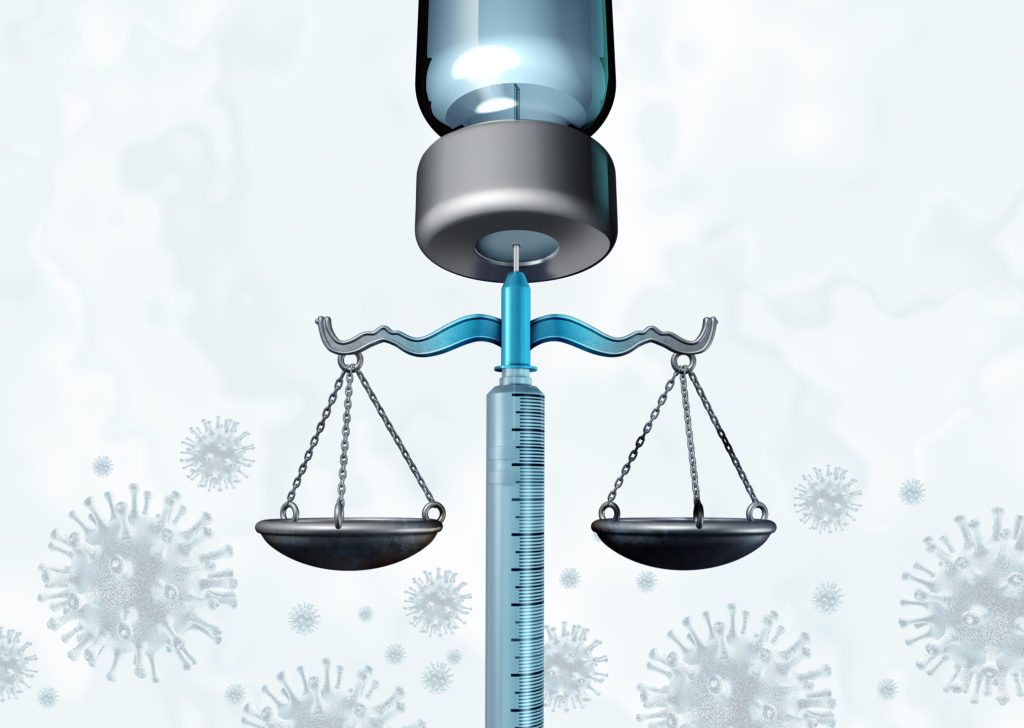
The Department of Labor’s Occupational Safety and Health Administration released a series of Frequently Asked Questions stating that N95 respirators effectively protect wearers from coronavirus exposure. The update came in light of false claims that the N95 respirators’ filter does not capture particles as small as the virus that causes the coronavirus.
The document says that an N95 respirator is effective in protecting a worker from the virus that causes COVID-19, as it has been proven to remove at least 95% of very small particles from the air.
“When an infected person expels the virus into the air by activities like talking, coughing, or sneezing, the airborne particles are composed of more than just the virus,” OSHA stated, adding that the particles include water and other materials such as mucus. “These larger particles are easily trapped and filtered out by N95 respirators because they are too big to pass through the filter.”
In addition, an electrostatic charge also attracts particles to fibers in the filter, where the particles become stuck. As the smallest particles are constantly moving around, they are very likely to hit a filter fiber and stick to it.
The agency also noted that it is important for employers and workers to remember that the respirator only provides the expected protection when used correctly.
“Respirators, when required, must be used as part of a comprehensive, written respiratory protection program that meets the requirements of OSHA’s Respiratory Protection standard,” the agency reported. “The program should include medical evaluations, training, and fit testing.”
In addition to the update on N95 respirators, the document also provides ongoing guidance for healthcare employers and workers when it comes to protecting themselves from COVID-19, liability waivers and reporting work-related cases of the virus.




